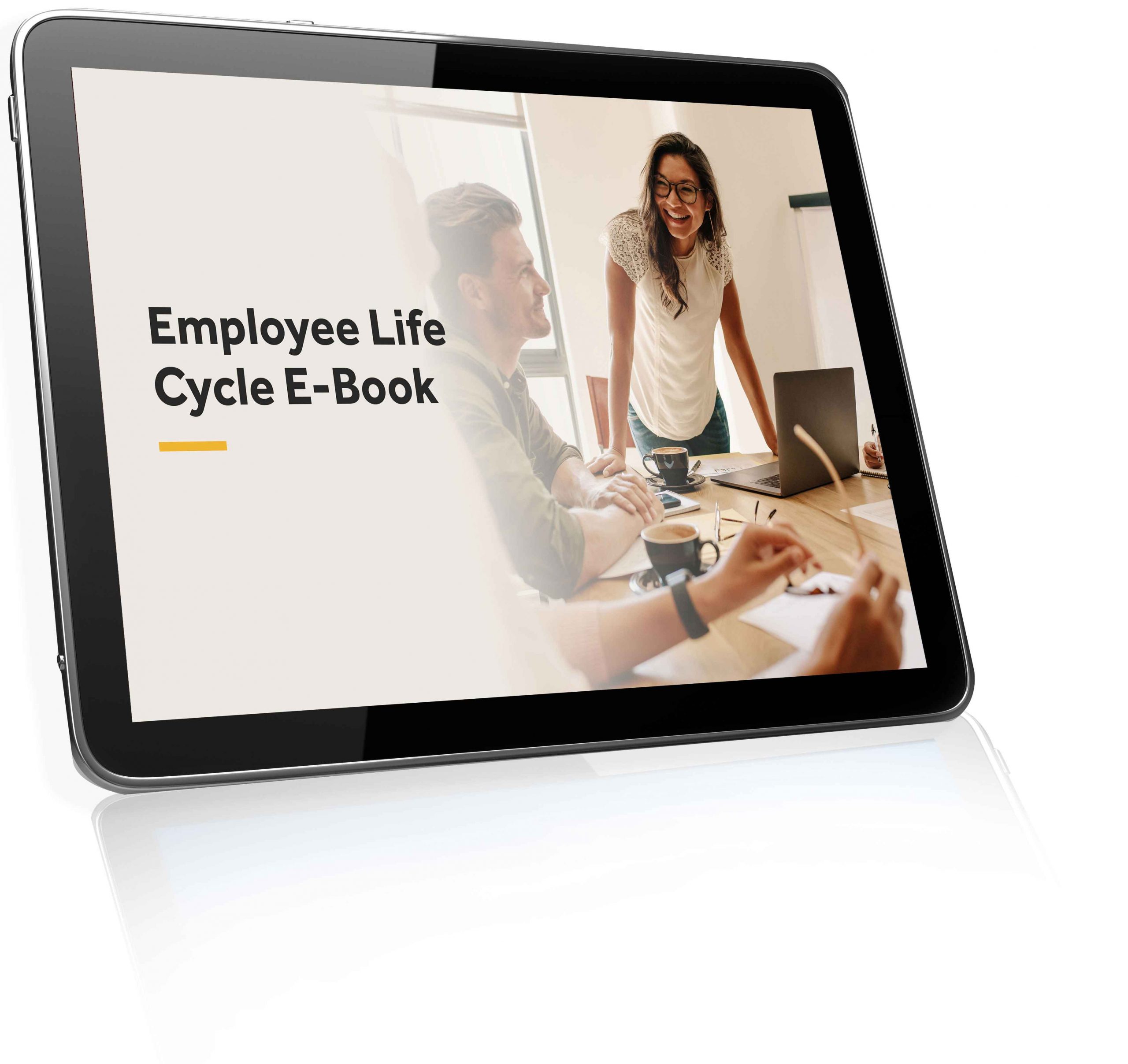
As anyone who has ever managed people or runs a business knows, the old-school nature of work is changing rapidly. The way employees experience work has become more important than before. Organisations and companies are increasingly becoming concerned with the employee experience and finding ways to enrich it.What is employee experience?
Employee experience consists of everything an employee encounters at the organisation. It begins the moment they look at the recruitment ad and ends when they leave the company. Employee experience is slowly shifting to the forefront of every company with employers understanding that human capital is their strongest asset.
With the core nature of work shifting dramatically, the way employees work is also changing. We are seeing roles and teams dedicated to building cohesive and enriched employee experiences. No longer restrained to traditional human resources, these roles reiterate what we all know- when money no longer is the motivating factor, employee experience is the competitive advantage businesses need.
The term ‘employee experience’ and the concept originated due to customer experience. An HR leader at a travel services company was using design to study the guest and host experience and realized that this approach could be applied to internal departments and staff. The leader created a new role, ‘Global Head of Employee Experience’ and used design thinking to build a holistic employee experience.
Why is employee experience important?
Research has shown that enterprises with a top-quartile employee experience achieve twice the innovation, double the customer satisfaction, and 25% higher profits than companies with a bottom-quartile employee experience.
80% of executives rate staff experience as very important and often a crucial factor when looking for new roles or positions.
Recruiting- A positive employee experience can help companies stand out in a tight labour market. 86% of employees and job seekers research company reviews and ratings to decide before applying. They read reviews on Glassdoor and other social media platforms. There is a need to understand the company and its culture before they can even consider applying. If your employees feel the culture is negative or your employee experience is average, the negative reviews can dissuade potential talent from applying.
Retention- This is the true test of your company and its employee experience. Can you embed meaning and value into work and enable your employees to contribute effectively? Can you support them and help them develop professionally?
Engagement- We have spoken about employee engagement and its importance to businesses before. Employee engagement is a driver of employee experience, and it defines how employees connect with your company, the vision, and their work.

The stages of employee experience
- Recruitment
- Onboarding
- Employee engagement
- Feedback surveys
- Exit surveys and interviews
Developing an employee experience strategy
Whether you have an existing employee experience or are looking to build one from scratch, there are opportunities to expand and address it internally.
Employee experience should ideally be a bottom-up concept. It should recognise that the employee is at the core of the company and should focus on the employee, not the work or the company. Many companies and employers fail to capture the essence as they focus on work without considering the human aspect of employees.
There is a chance to develop a strategy that reframes existing approaches.
Understand your top priority- You need to have a pre-determined goal that you want to achieve. Are you concerned about employees quitting? Do you want to increase recruitment? Once you know what your priorities are, you can build your strategy toward them.
Improve the onboarding process- This is the first lengthy personal interaction an employee will have, post the interview stage. What does the employee need to start? What is their preferred method of learning? How do they see their role? You can improve your onboarding process by allowing your managers and new employee more time. Give them opportunities to explore and absorb their duties. Will they benefit from meeting different departments? Spend time with them to figure out how they communicate.
Improve culture- It’s tricky to define company culture. It is the whole of your company’s values, beliefs, and behaviours. It can motivate employees or drain them. If your employees constantly feel demotivated or are leaving in droves despite being monetarily compensated, it is your culture that is falling short. By improving company culture, you create a human experience that brings meaning to work.
Improve workspace- Is your workspace comfortable and motivating? Does it support teamwork and collaboration? Does it offer a sense of security and safety? Does it consider diverse needs and groups?
Create transparency- Do your employees feel they can trust the company? Do they feel trusted and valued by the company? What are you doing to create and enable transparency? Is there a sense of belonging and inclusivity?
Empower your people- Building and developing an employee experience goes beyond words or strategies. You have to enact it by empowering your people. Can your managers and leaders enable the employee experience for their teams? Are they empowered and supported?
Be prepared to invest- Talk is cheap. If you truly want to improve the employee experience, then you may have to invest time, energy, and money. Do you have the financial capacity to do so?
As companies have learnt that traditional HR is limited in its application, they have started to create roles dedicated to enhancing the employee experience at work. The CXO (Chief Experience Officer) takes ownership on all aspects of the employee-employer/work interaction. This role ensures that all feedback is seriously considered and enacted upon, depending on its impact on the organisation.
The challenge for businesses, especially small business remains the fluctuating meaning of employee experience. It is nuanced and cannot be diluted to one single fact or measure. Businesses have to constantly review and adopt their strategies to keep up with the changing employee expectations.

Employee Lifecycle E-Book
Download our E-Book to learn about building an engaging employee lifecycle today.
Measuring employee experience
Measure employee engagement- Employee engagement is a way to measure how connected employees are to their work and how they feel about the company. You can measure employee engagement on various metrics to indicate how involved and engaged employees feel in their work. Companies with highly engaged employees grew revenue 2.5x as much as those with low levels of engagement.
360 reviews- Effectively used for team development, 360 reviews include reviews from a senior, peer, and junior. These reviews are anonymous and focus on improving the team and company dynamics rather than individual performance. The anonymity offers employees a safe space to share their real and honest opinions.
Measure response to key initiatives- Regular surveys or feedback about key initiatives can let you gauge how employees are feeling. What do they think about a leadership change? Are they worried about the recession?
Grow with Employsure
Employsure has worked with 30,000 business owners across Australia and New Zealand in matters of employment relations and workplace health and safety. We understand the challenges business owners and employers face regularly. Call our 24/7 Advice Line today to get all your questions answered.
Frequently Asked Questions
What is the difference between employee engagement and employee experience?
Employee experience includes everything an employee can possibly see, feel, hear, and do during their time at the company. It is an employee centric approach.
Employee engagement is how connected employees feel to their role and the company.
Employee engagement forms a part of the employee experience.
What is the digital employee experience?
The digital employee experience is an employee’s experience with the digital workplace and its interface. Its the quality of any digital interaction employees have with the technology provided by the company.
